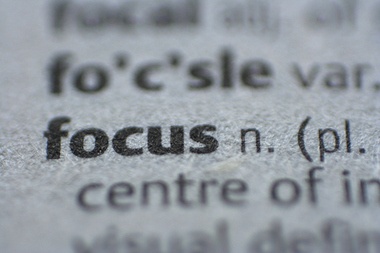The problem with getting things done on a smartphone app is that some very smart developer created a program designed the way he or she thinks we want to be more productive. The downside of course, to no fault of their own. is that we end up “hacking” their app. We tinker. We tweak. We complain on their site that there is no:
sub-projects workspaces due dates notifications integration with Google Calendar or Google Tasks sync with Dropbox or iCloud or Evernote …and the list goes on
Feeling as if we can still force a square peg into a round hole, we continue to tweak. Eventually, we realize we have spent more time playing with the app and less time actually tending to our commitments. So how do we get around this epidemic to our productivity? By focusing on the process and not the tools. Whether you are a follower of David Allen’s Getting Things Done methodology, Pomodoro technique, Personal Kanban, Franklin Covey, or some combination of all of these plus your own system you’ve invented, stick to it. Research them all to figure out what will work best for you and then choose one organizational system and become a master of its principles. Make the process a habit. Once you’ve picked a workflow, the question becomes of course, but which app do I use? In my consulting work, I always tell folks to focus on the process and the tool will come to them. What if we didn’t have an iPhone or Android? What if you just had paper? How would you organize your tasks, projects, and goals? Take a giant step backwards and ask yourself these big questions: Being able to honestly answer those questions will allow you to better understand which app (or paper) may work best. That is the key: just knowing what works for you and what will keep you motivated and productive in conjunction with a structured time management system will help you best understand what tool(s) you need to help you get things done. Once you get that right, you will undoubtedly have a “mind like water” and will be well on your way to getting things done!
